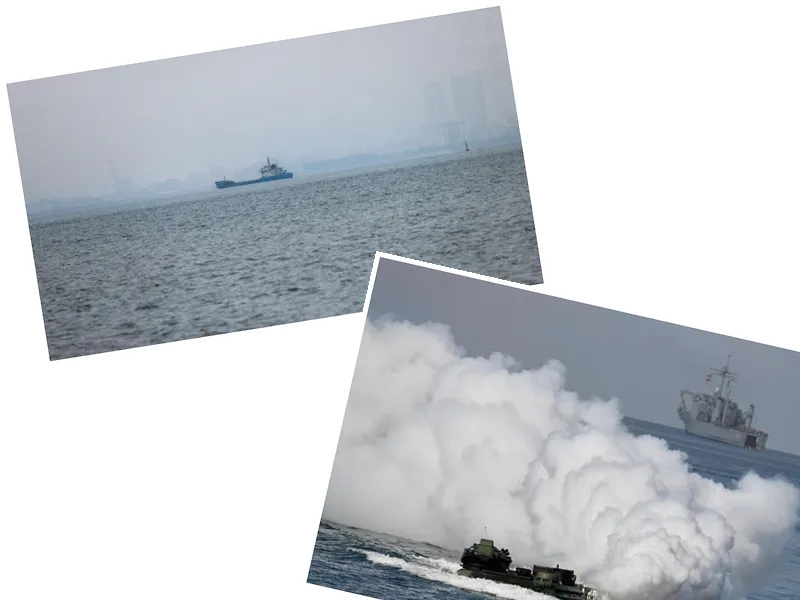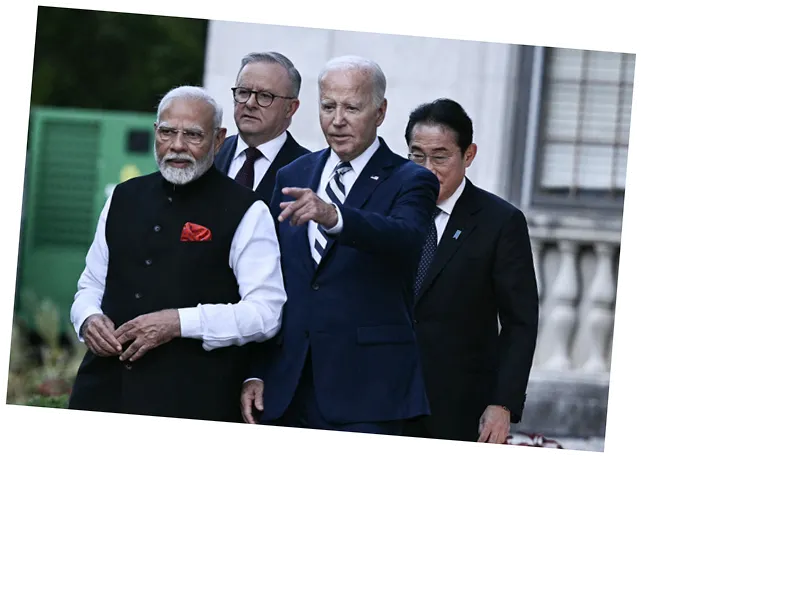Rising Tensions in the Taiwan Strait: Military Movements and Diplomatic Responses
The Pacific region is witnessing a significant surge in military activity, particularly around Taiwan, as tensions escalate between China and neighboring countries. Recently, a Japanese warship made its historic passage through the Taiwan Strait, demonstrating a commitment to freedom of navigation in the face of increasing assertiveness from Beijing. This move follows a series of provocative actions by China, including the launch of an intercontinental ballistic missile (ICBM) test over the Pacific, marking the first such test in nearly 45 years.
Taiwan's Defense Ministry reported that in just 24 hours, 43 Chinese aircraft and eight warships were detected operating around the island. The uptick in military maneuvers coincided with the Japanese warship's crossing, which was ordered by Prime Minister Fumio Kishida as a strategic response to China's military incursions. Kishida's government aims to counteract China's growing influence and assertiveness in the region, especially following a recent incident where a Chinese aircraft carrier navigated between Japanese islands near Taiwan, an act condemned by Tokyo as "totally unacceptable."
In the wake of these developments, China has expressed its discontent, labeling Japan's actions as politically motivated and has issued formal protests. The Chinese Foreign Ministry underscored its vigilance towards Japan's intentions, further complicating the already tense relationship between the two nations. Meanwhile, the Taiwanese military remains on high alert, actively monitoring the situation and ensuring readiness in response to the heightened military presence from China.
The growing military activity in the region has raised concerns among allies, including the United States, Australia, and New Zealand, which have also increased their naval operations in the Taiwan Strait. These nations assert that their presence is a legitimate exercise of freedom of navigation, a principle that underpins international maritime law. The situation underscores a broader geopolitical struggle, as the U.S. and its allies strive to counterbalance China's expanding military footprint in the Asia-Pacific region.





